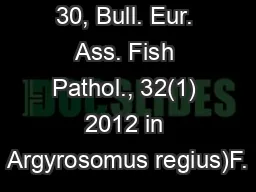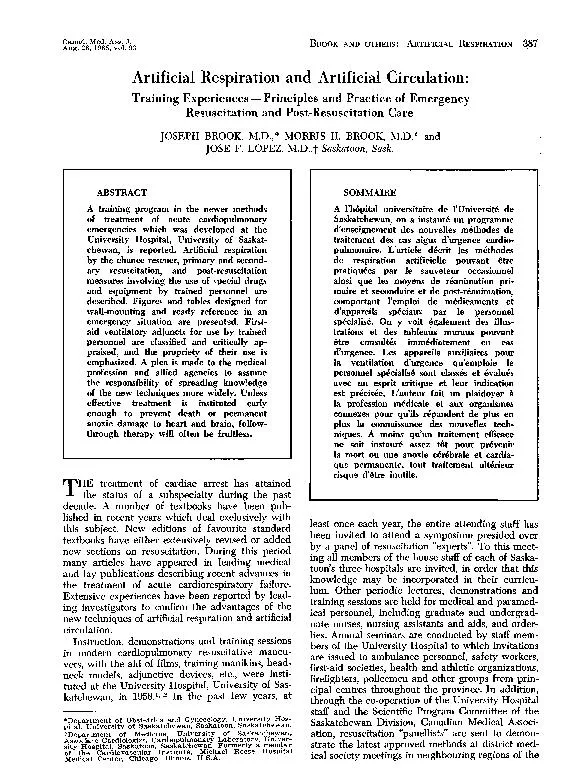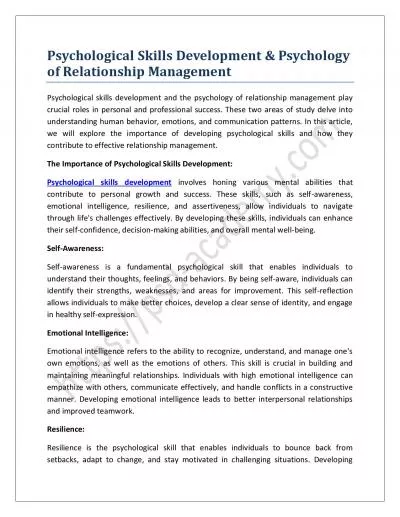PDF-Psychological Review Copyright 2000 by the American Psychological Ass
Author : karlyn-bohler | Published Date : 2016-05-13
Biobehavioral Responses to Stress in Females TendandBefriend not FightorFlight Shelley E Taylor Laura Cousino Klein Brian P Lewis Tara L Gruenewald Regan A R Gurung
Presentation Embed Code
Download Presentation
Download Presentation The PPT/PDF document "Psychological Review Copyright 2000 by ..." is the property of its rightful owner. Permission is granted to download and print the materials on this website for personal, non-commercial use only, and to display it on your personal computer provided you do not modify the materials and that you retain all copyright notices contained in the materials. By downloading content from our website, you accept the terms of this agreement.
Psychological Review Copyright 2000 by the American Psychological Ass: Transcript
Download Rules Of Document
"Psychological Review Copyright 2000 by the American Psychological Ass"The content belongs to its owner. You may download and print it for personal use, without modification, and keep all copyright notices. By downloading, you agree to these terms.
Related Documents














